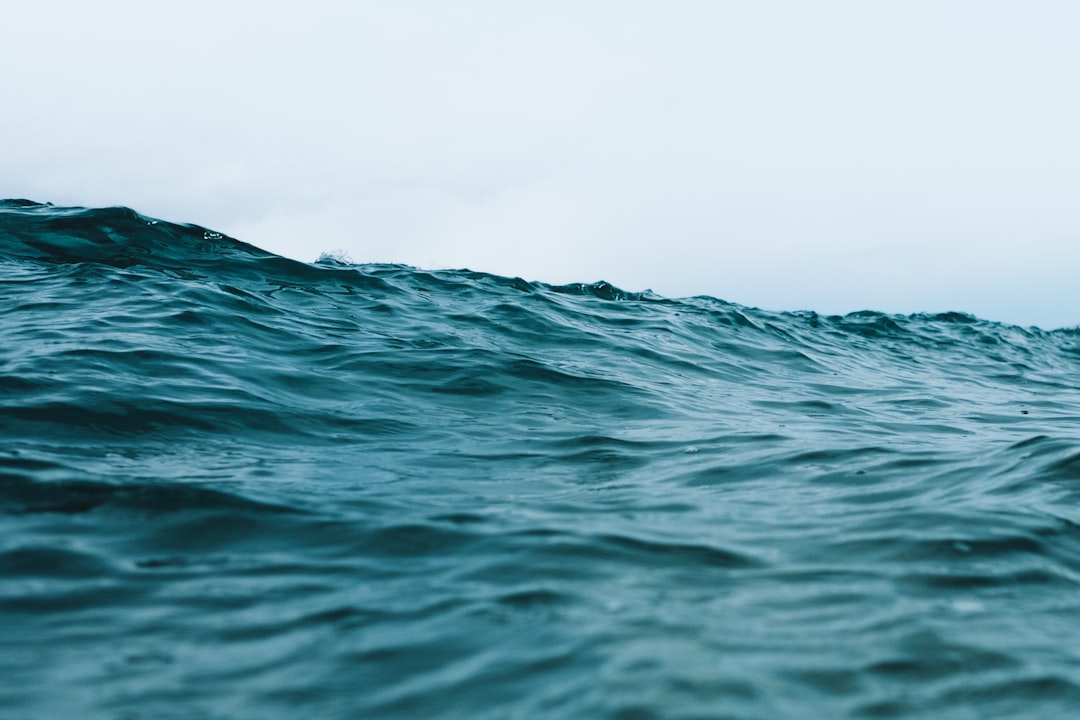What is it about?
An artificial neural network is used to develop a model capable of predicting methane hydrate presence and saturation using well log data from India National Gas Hydrate Program Expedition 02. The model is also able to classify the occurrence of hydrates as either fracture-filling or pore-filling. A key finding is the determination of the optimal combination of well log responses that enabled the model to make accurate predictions as well as a ranking of the combinations of responses to highlight which are the most important in the model.
Featured Image

Photo by Zachary Theodore on Unsplash
Why is it important?
The article is a demonstration of the machine learning workflow from our previous work utilizing well log data for characterizing permafrost-associated hydrate reservoirs. Together, it reinforces the viability of artificial neural networks in enhancing physics-based methods for characterizing the geologic nature of hydrates in both permafrost and marine environments. Combined with basin scale modeling, we anticipate development of future tools in energy exploration including this type of machine learning.
Perspectives
Data science is currently a rapidly growing field and geoscience projects can provide the large amounts of data that machine learning demands. One of the challenges of machine learning is the identification and analysis of data sets suitability to address a wide range of geoscience related concerns. In this paper we have overcome that challenge to provide a series of important technical findings that can be understood and used by both data scientists and geoscientists alike.
Evgeniy Myshakin
Battelle Memorial Institute
Read the Original
This page is a summary of: Machine Learning Application to Assess Occurrence and Saturations of Methane Hydrate in Marine Deposits Offshore India, Interpretation, October 2023, Society of Exploration Geophysicists,
DOI: 10.1190/int-2023-0056.1.
You can read the full text:
Contributors
The following have contributed to this page










